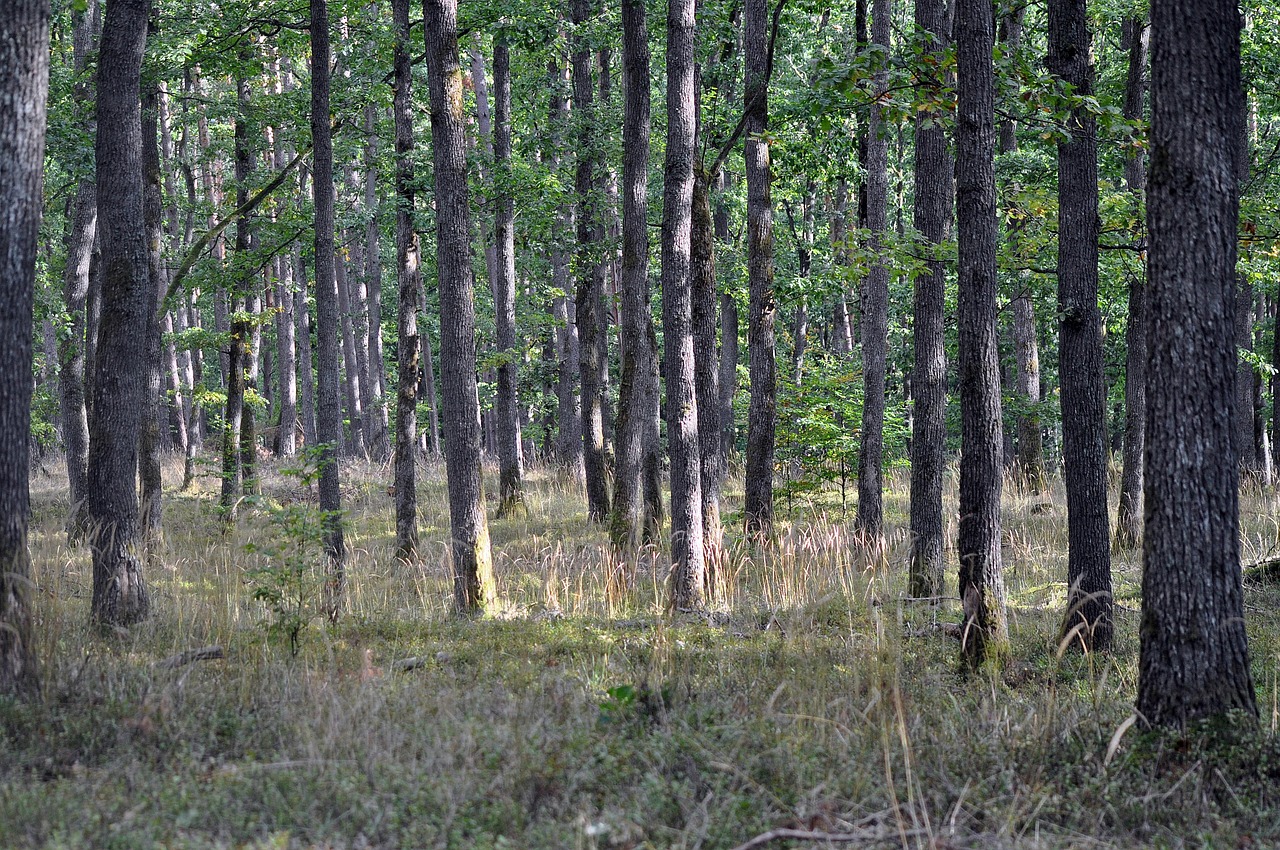
For years, we have been told that our thought process is a matter of independent left and right brain. That is, the left hemisphere is for logical processing and the right hemisphere for creative thinking. Scientists, however, say the real truth is the hemispheres work together not independently.
I don't wish to quibble with science, but I sometimes wonder if my hemispheres are working together, especially about tech innovations.
My sons think it amusing and odd that their father talks like a tech denier, but writes a blog, using a computer. It's a family joke that I don't try to squelch, so long as my sons are willing to help me with internet and software glitches.
In the past, my troublesome relationship with technology has resulted in unusual collaborations that have me searching for answers. At one time, my reluctance to embrace IT developed into a running gag with a friend and colleague. He would jokingly call
me a Luddite, adding, "Well, at least you're using a fax."
I lost contact with that friend, but as this blog clearly shows, my sometimes difficult working relationship with computer technology, is on-going. Truth is, so long as everything is working, I hardily endorse the status quo.
Lately, my arrangement with tech has been comfortable, that is until I started reading about a new wrinkle called Artificial Intelligence or AI.
Why am I straying from writing about wine to comment on AI? And why is a technological development, promoted as having so much promise, personally troubling for me and potentially for wine?
Wine is something I understand as one of life's great pleasures that can and should by shared. Sharing is what I do, through writing. Further, I understand that embracing technology is a necessity.
The limits of AI have been debated now for a few years, but I sense that the argument about its pros and cons is gaining traction in wine circles. Most of what I have been reading focuses on the application of AI in viticulture and sales and not so much, yet, on wine making and wine writing.
In the last few months, I've read how AI is working wonders in the vineyard, and how AI is opening up new and creative areas in wine marketing and sales.
Early this month, "Decanter"magazine reported that Kia Behnia, co-owner of Neotempo Wines, in the Napa Valley, told attendees at a seminar in London, that AI may be able to mitigate the impact of climate change in the vineyard. Behnia said that Scout, a vineyard management tool he co-developed, is "powered by some form of AI," and that it can "assist growers everywhere to be able to see their own vineyard, to spot disease and heat stress."
Still, the thought of AI intruding into the creative areas of wine making and wine writing troubles me, such as the appearance of AI in wine articles and blogs. This possibility is a concern for the 2025 Wine Writing Competition, from Jancis Robinson.com. The second rule for entry spells out in part "...written without the aid of AI." (emphasis is JR's)
A series of blogs on wine I see frequently has text and a single colorful illustration, each with a different theme, but all with a monotonous sameness. Are the illustrations AI generated? Could be, but I don't know. That's my point and I wonder if the blog author would be satisfied with monotony and sameness in their wine.
There is no disputing that AI has the power and promise to make life better, to solve difficult problems, and to introduce society to wonders we have yet to imagine. But unregulated and uncontrolled, AI has the potential to cause havoc the likes of which we have yet to imagine.
Imagine the possibility that what you're reading here has been generated by AI, or that the photo you saw in a story came from a bot and not a photographer with a camera.
Does that make you uncomfortable? It does me.
Among the many things we are asked to sort out today, things we know little about, is solving, or at least understanding, the mysteries of Artificial Intelligence.
So, should I be worried, or just allow AI to wash over me and to influence my writing? It's easy to be paranoid, especially when you think of the harm AI can do and you wonder who's watching the store?
Image by Freepik
Next blog: Wine Variety in Monterey
Leave a comment at boydvino707@gmail.com








